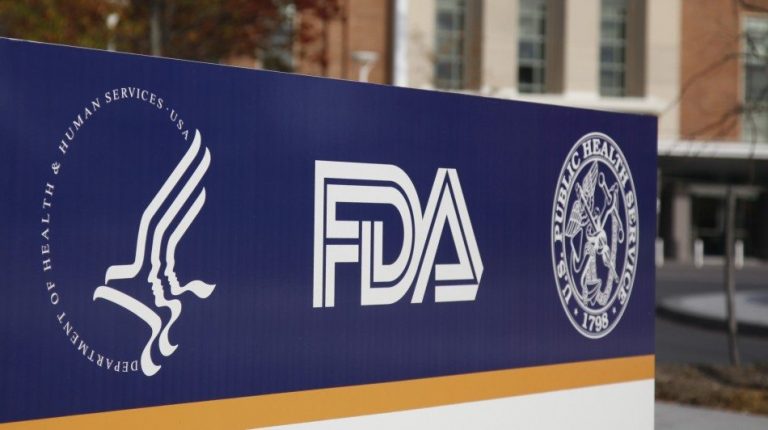
On November 4, 2016, an advisory panel met at the request of the US Food and Drug Administration (FDA) to discuss a drug called solithromycin, currently under development by Cempra Inc (NASDAQ:CEMP).
The headline vote went Cempra’s way, and the panel recommended approval of the drug based on a risk benefit style analysis. Get beneath the hood, however, and the headline doesn’t come anywhere close to accurately representing what happened.
Yes, more committee members feel that the drug should pick up a green light for commercialization come PDUFA, but only one more (the vote went 7-6 in favor of approval out of a panel of 13) and those that voted for have some serious concerns about the implications of their vote.
The problem is this:
Back in 2004, the FDA approved a drug that Sanofi SA (ADR) (NYSE:SNY) developed called Telithromycin. The drug targeted the same indication that Cempra is targeting here, community acquired bacterial pneumonia (CABP), and is essentially the same chemical makeup. There are some differences, and we go in to these in more detail in our report, but for the purposes of this discussion, we’ll say they are the same.
The Telithromycin approval proved disastrous. Shortly after commercialization, patients that took it started to develop serious liver complications, and many died as a direct result of the drug. It has since been canned, and will long remain a black mark on the robustness of the FDA’s approval process.
Cempra’s solithromycin hasn’t flagged up any serious liver AEs in the studies that underpin its approval application, but neither did Telithromycin, and with the drug being so chemically similar to the latter, there are concerns that problems will arise post marketing.
It’s this potential for problems that basically stole the spotlight during the FDA’s advisory panel review of the drug. Efficacy isn’t an issue, the drug works to combat CABP, and works well, and the data backs up this thesis. The potential for liver AE related deaths is the issue, and it’s this potential that will make the difference between approval and failure come PDUFA.
In our Inside the FDA Report, we take a look at the key metrics that the FDA and its panel are using to quantify the risk, and apply these metrics to the data on which the application relies. We look at the specific concerns of the panel, with a focus on whether these metrics can be relied upon to provide an accurate forecast of the chance, or otherwise, or liver related AEs post marketing. We then draw a conclusion, based on both the information available to the panel, and their interpretation of it, as to whether we think solithromycin is likely to receive approval.
If you’ve got any sort of exposure to this binary event, you won’t want to miss our coverage.
Get our report here.
Get the panel meeting transcript here.




